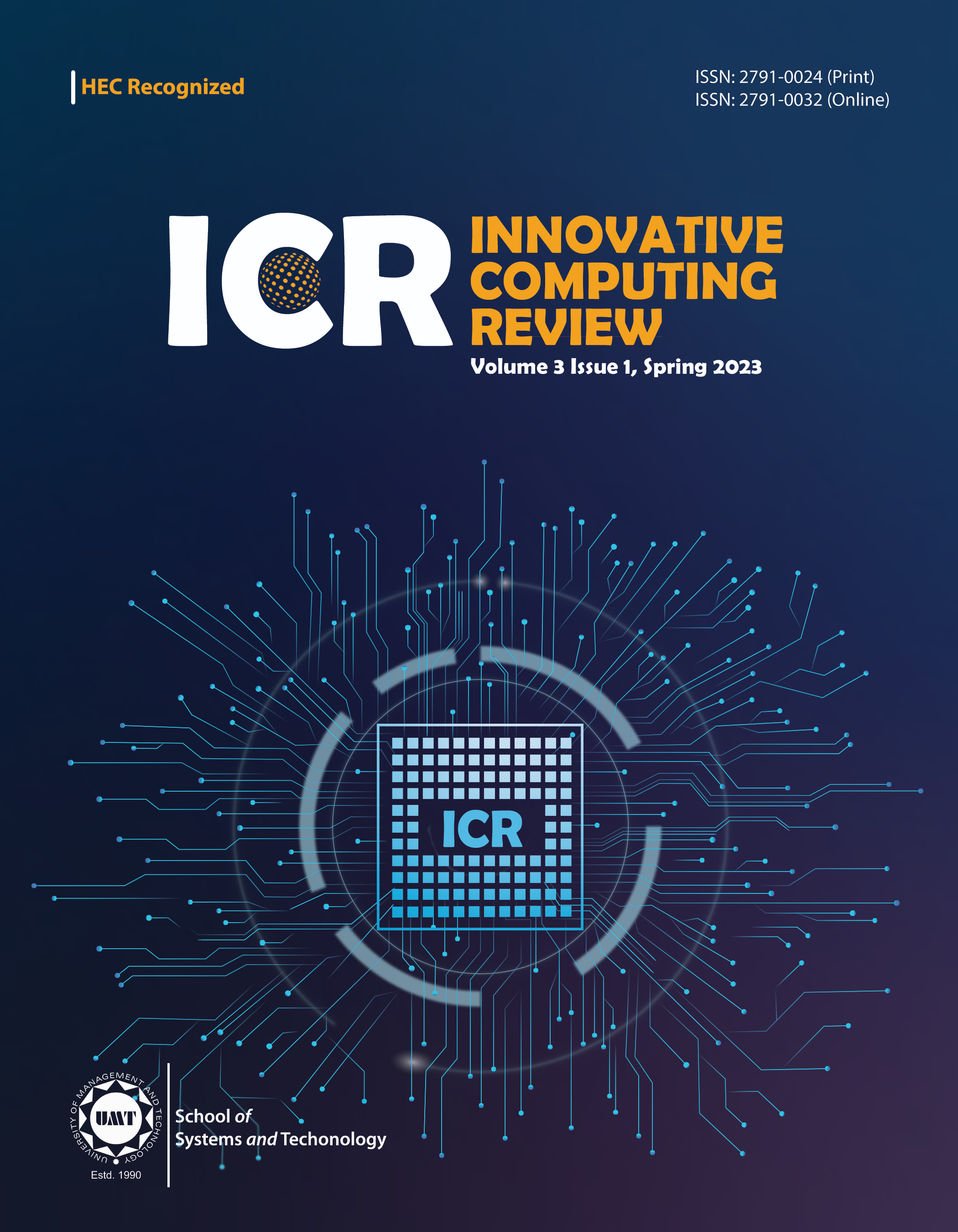Three Axis Kinematics Study for Motion Capture Using Augmented Reality
Abstract
 Abstract Views: 18
Abstract Views: 18
MoCap (Motion Capture) refers to the process of tracking, processing, recording, and translating real-world
motions into a 3D model. MoCap provides vital realism to animal and human motion not only in entertainment
but also in other sectors. It is also frequently used in Medical Motion Therapy, robotics, Augmented Reality
(AR), and Virtual Reality (VR). In addition to the well-known optical techniques, appropriate systems based on
Inertial Measurement Unit (IMUs) , the rapid advancement of technology in the manufacture of such IMUs
enables the development of compact sensors that may be worn on the body and send motions to a host computer.
IMU can estimate the orientation of a rigid body. To compute orientation, IMU technology employs data from
three sensors: a magnetometer, an accelerometer, and a gyroscope. The movement of any object can be
monitored multiple IMU devices. This study describes the design and execution of a real-time motion capture
system and a six-degree-of-freedom tracking system using COTS and reduced noise. This includes the general
assembly of the hardware components and the software-side analysis of the obtained motion data and its
implementation to a 3D model. The proposed design prioritizes flexibility and usability. The results of six DoFs,
the overall noise filtration percentages of the system is 10.924 and 40.787 for Gyroscope and Accelerometer
respectively and tracking real-time motion capture reveal that our prototype is competent to collect the values
of motion parameters and track the motion of objects that can be mated with digital characters on the virtual
screen using AR or VR. Several high-end cameras, as well as unique clothes are required. That makes mocap
technologies prohibitively expensive. The primary objective for this effort is to investigate a more cost-effective
and less noisy way to capture movement / postures more accessible to a broader variety of people.
Downloads
Copyright (c) 2023 Muhammad Imran Majid, Ali Gauhar, Aamir Rasool

This work is licensed under a Creative Commons Attribution 4.0 International License.






